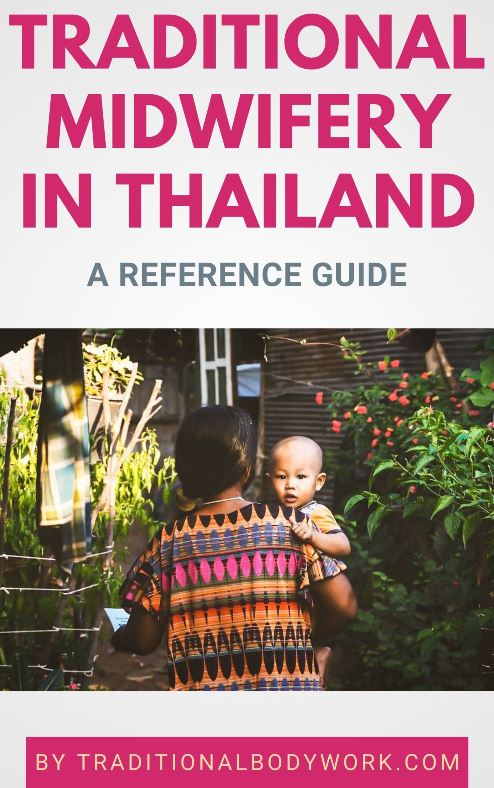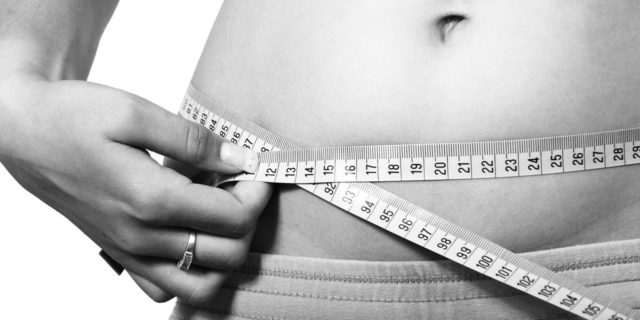
The placenta is a temporary organ created by a woman’s body in the uterus during her pregnancy, and (through the umbilical cord) delivers nutrients and oxygen to the growing baby. It, for instance, supplies vitamins and minerals to the baby, such as B6, B12, and iron, but it also contains progesterone and estrogen hormones, and even stem cells.

Placenta Encapsulation is the practice, after childbirth, to turn the placenta into pills and consuming those pills postpartum. It’s based on the idea that doing so has several nutritional benefits for the mother, and indirectly also for the baby if it’s breast-fed, because consuming the placenta is thought to increase both milk quality and quantity.
It’s also thought that consuming the placenta may prevent postpartum depression for the mother, increase mood stabilization, improve the mother’s vitality, reduce postpartum bleeding, and regulate postpartum hormones.
Birth Doula and Postnatal Doula training programs increasingly offer Placenta Encapsulation as a training course in order to be able to help new mothers to safely and responsibly render the placenta in an edible form for ingestion during the postpartum period.
Placenta Encapsulation is basically a process of isolating, cleaning, and preparing the placenta (the umbilical cord is usually removed and excess blood is drained), steaming it with herbs such as cayenne pepper, myrrh, ginger, among others, cutting it in pieces and dehydrating it, grinding it into a powder, and finally encapsulating the resulting powder into pills for consumption.

Typically, a doula will start with encapsulating the placenta within 24 hours after childbirth, and the new mother starts with ingesting the pills within a few days. Mind that there are also other methods of preparing the placenta for consumption, such as raw, cooked, roasted, dehydrated, or distilled into a tincture.
As a whole, however, there’s little scientific evidence that consuming the placenta has actual health benefits for the mother (or baby). In fact, there has been very little research done on the topic. By contrast, there might be some risks involved when ingesting the placenta.
For instance, the preparation of the placenta may not entirely neutralize infectious bacteria and viruses that may reside in the placenta, which could make the mother ill, or her baby if she breast-feds her newborn. Another issue with ingesting the placenta may be that it contains an accumulation of heavy metals such as lead, arsenic, and mercury, which may show up in placenta pills.


















